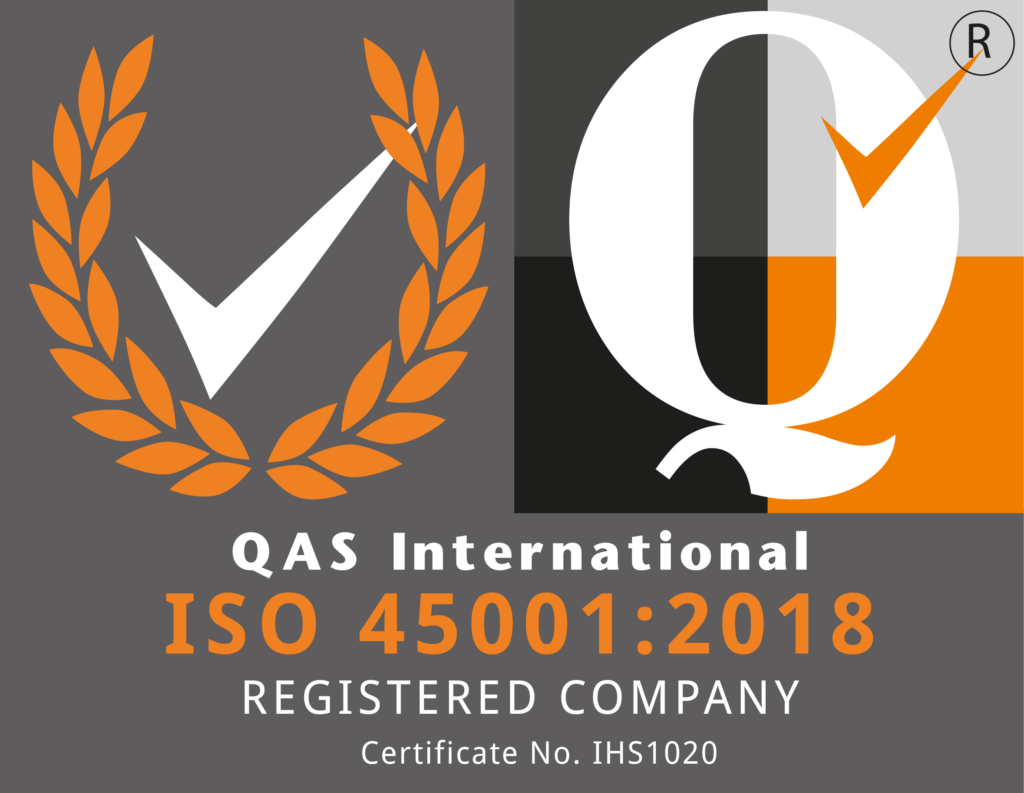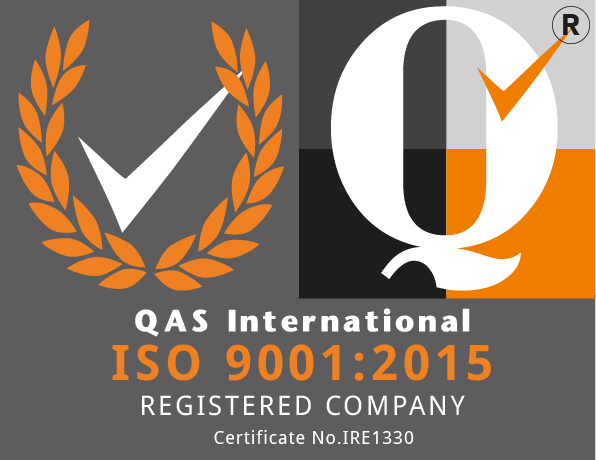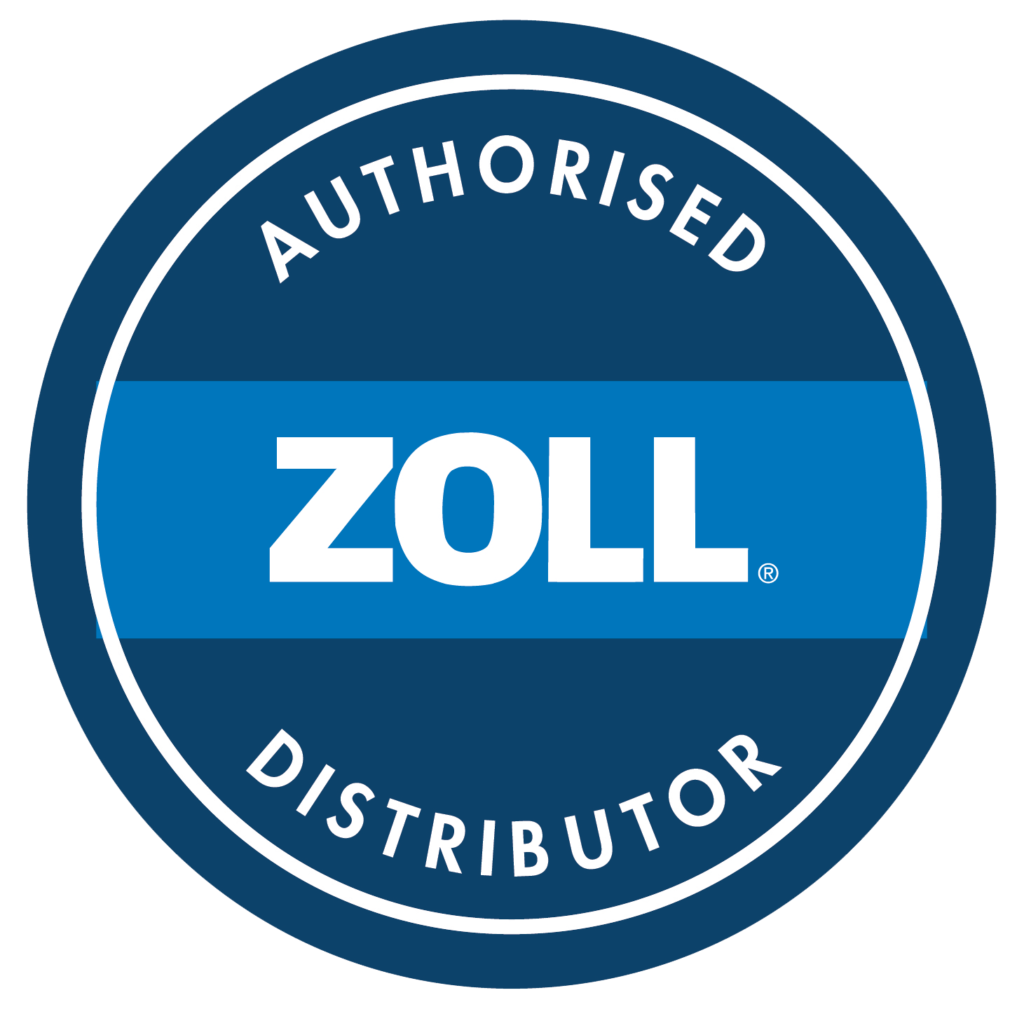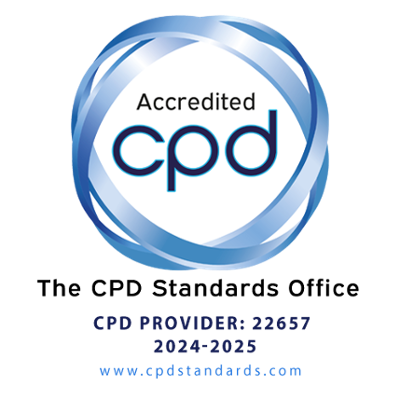Ensuring Fire Safety in Healthcare
Fire safety in nursing homes and hospitals is literally a life-or-death matter, given that many residents or patients may be non-ambulant or have impaired mobility. Irish law underscores this responsibility: under Section 11 of the Safety, Health and Welfare at Work Act 2005, employers must have adequate emergency plans and procedures and provide all necessary measures for firefighting and safe evacuation. Likewise, the Fire Services Act 1981 (as amended 2003) places a duty on those in control of premises to make adequate provision for the safety of everyone on the premises, which inherently means ensuring people can get out quickly in an emergency. In care facilities, this duty is amplified by regulatory standards: HIQA’s Regulation 28 on Fire Precautions requires designated centres to maintain clear emergency exits, proper fire equipment, and effective evacuation arrangements at all times.
In practice, compliance isn’t just a paperwork exercise – it can be the difference between a coordinated rescue and a preventable tragedy. This review draws on Phoenix STS’s expertise in healthcare fire safety and real-world case studies to argue why evacuation equipment in healthcare settings must be demonstrably fit for purpose. In particular, it highlights how rigorous testing (and honest Failure-to-Test Reporting) ensures that evacuation aids will perform when needed.
Ensuring Verified Third-Party Testing
When selecting evacuation equipment, requesting and obtaining clear evidence that an independent, third-party body has carried out test-to-failure assessments is paramount. This step assures you that an evacuation chair, sheet, mat or pad has been pushed to its operational limits in a controlled environment, but it also gives you tangible proof of how and when the equipment was tested, along with the precise criteria it met or exceeded. Having copies of these verified reports on file—rather than simply relying on a supplier’s verbal assurances—enables nursing home managers and fire safety consultants to demonstrate due diligence under the Safety, Health and Welfare at Work Act 2005 and the Fire Services Act 1981 (as amended). Ultimately, documented test-to-failure evidence bolsters confidence that each evacuation aid will withstand the rigours of real-life emergencies, protecting both residents and staff when every second counts.
Phoenix STS: Specialists in Healthcare Fire Safety
Phoenix STS is an Irish safety consultancy and training provider with a strong focus on fire safety in healthcare environments. We offer a comprehensive suite of services tailored to nursing homes and hospitals. These include bespoke fire safety training (e.g. CPD-Certified Nursing Home Fire Safety Training) and health & safety courses, to equip staff with the skills to prevent and respond to fires. The company also provides expert consultancy on compliance, helping healthcare facilities meet legal obligations such as HIQA’s Regulation 28 and the Safety, Health & Welfare at Work Act. This consultancy covers everything from fire risk assessments (using PAS 79 methodology) to developing evacuation plans and fire safety policies. Importantly, Phoenix STS doesn’t stop at planning and training – we also supply a full range of third-party certified evacuation aids and fire safety equipment (for example, evacuation chairs, ski sheets/pads, and mats) to ensure facilities have the right tools on hand. In short, Phoenix STS helps nursing homes and hospitals create a 360° fire safety program: from policy to practice and equipment to training.
Why is this so relevant to healthcare? Because in a care home or hospital fire, staff often must move non-mobile or wheelchair users swiftly to safety. Phoenix STS recognises that having an evacuation plan on paper is not enough – the plan must be drilled, the staff must be competent, and the evacuation devices (like evacuation chairs, sleds or mats) must be fit for purpose. Our offerings – such as the Healthcare Fire Safety Managers Course, which is aligned with HIQA’s fire guidelines and on-site evacuation aid instructor training – emphasise practical readiness. Phoenix STS even assists with fire door inspections and Healthcare Evacuation Plan Drawings for nursing homes, reflecting a holistic approach to fire safety. This breadth of services appeals directly to nursing home managers and fire safety consultants who need an integrated solution for compliance, staff competency, and equipment provision.
Lessons from Real Incidents: Evacuation Equipment Can Save – or Cost – Lives
Real-world fire incidents in healthcare settings painfully illustrate how critical proper evacuation equipment (and training in its use) is below are a few documented examples – both positive and negative – that highlight the stakes:
- When the right equipment is in place and used correctly, lives are saved: A dramatic example comes from outside the healthcare sector but is highly instructive. During the 9/11 attacks, an evacuation chair (a device designed to glide down stairs) was used to rescue a quadriplegic office worker from the 69th floor of the World Trade Center. The chair enabled colleagues to move him down all those flights of stairs to safety. “An evacuation chair helped in the successful evacuation of five other people” on 9/11. Though from an office tower, this story underscores a fundamental point for hospitals and nursing homes: specialist evacuation aids can mean the difference between life and death for mobility-impaired persons in an emergency. In a more directly healthcare-related case, consider a modern hospital evacuation in Massachusetts (2023), where a fire broke out and 160+ patients had to be moved. The evacuation was handled without fatalities; firefighters later credited the effective use of proper evacuation devices. ICU patients were transported down dark stairwells to safety. Success stories like this show how having fit-for-purpose evacuation equipment (and people trained to use it) can avert tragedy even under chaotic conditions.
- When evacuation equipment is lacking or unfit, the results can be tragic: Unfortunately, there are also many cases where inadequate preparation has led to deadly outcomes. One notorious example was the Rosepark nursing home fire in Scotland (2004), where 14 elderly residents perished. Investigators found multiple fire safety failings – notably “limited attention paid to evacuation procedure” despite many resident’s low mobility. Too many dependent residents were housed in one area with too few staff to evacuate them, and staff had not received adequate fire training. In essence, evacuation aids and planning were grossly insufficient, and lives were lost as a result. A more recent inquest in London examined the death of a disabled woman, Ashlie Timms, in a 2018 supported living fire. She had severe mobility issues and relied on carers to evacuate. Shockingly, staff failed to use her evacuation sled or any means to get her out; they even delayed calling emergency services. The coroner concluded that if “staff had called 999 and evacuated Ms Timms immediately, in line with her PEEP, then Ashlie would have been rescued and taken to safety” – her death was entirely avoidable. This case exposed how untested assumptions and unprepared staff can render evacuation equipment effectively useless. In Ashlie’s case, the building had an evacuation plan (a Personal Emergency Evacuation Plan was on paper), but when the moment came, neither the plan nor any evacuation device was actually put into action, with fatal consequences. Such incidents send a clear message: simply owning evacuation equipment or writing an evacuation plan is not enough – you must ensure the equipment works and that staff will use it correctly under pressure.
It’s worth noting that sometimes even having equipment on-site isn’t helpful if it’s not the right type or not accessible when needed. During a hospital fire evacuation in Brockton, MA, for example, the hospital had evacuation sleds stored for emergencies, but when the fire struck, smoke filled the stairwells and the lights went out. Staff discovered the sleds were impractical in that scenario (too little space and visibility), and instead, first responders switched to using backboards and stair chairs to carry patients down. The lesson is that equipment must be suitable for the conditions, and only realistic drills would reveal such limitations before an emergency. Ensuring you have the correct aids (and backups) is part of being fit for purpose.
Are Your Evacuation Aids Fit for Purpose? – The Role of Testing and “Failure-to-Test” Reports
For fire safety consultants and nursing home managers, it is imperative to verify that evacuation equipment will perform as expected. The best way to do this is through regular, rigorous testing and drills – essentially attempting to find failures before a real emergency does. A “failure-to-test report” refers to the documented findings when something doesn’t work during a drill or inspection. Far from being something to hide, these reports are gold dust for improving safety. They provide concrete evidence of weaknesses that need fixing and protect you from complacency. As the saying goes, “failure to prepare is preparing to fail”– so every drill that uncovers a problem is actually a success in making your facility safer.
Regulatory guidance strongly supports this approach. HIQA’s Fire Safety Handbook notes that fire evacuation drills are essential to test your procedures and equipment; drills should simulate real-life conditions as closely as possible. A case study in the HIQA handbook recounts a fatal fire in a residential facility where “fire evacuation drills were inadequate” and a full evacuation was never practised – staff only ever used the main door during drills. When a real fire broke out from a different route, chaos ensued, and lives were lost. The takeaway is clear: test all scenarios, test all equipment, and don’t assume things will go smoothly. If an evacuation chair’s wheels jam during a practice run, or a pad tears under the weight of a bariatric resident during a drill – that is exactly the kind of information you want to capture in a failure-to-test report. It allows you to promptly service or upgrade the equipment and train staff on the new limitations or procedures. It’s much better to learn of a defect on a calm Tuesday afternoon drill than during a 3 AM fire alarm with lives on the line.
From a legal and compliance perspective, maintaining records of drills and equipment checks (including any failures) is also smart practice. HIQA inspectors and Health & Safety Authority auditors will expect to see evidence that you are proactively managing fire safety. Demonstrating that you conduct regular fire drills – and that you follow up on any issues discovered – shows a robust safety culture. In Ireland, employers are legally required not just to have emergency plans, but to practice and update them so they remain effective. And under the Fire Services Act, you must take reasonable measures for escape – clearly, knowingly leaving an evacuation device in unworkable condition would breach that duty. By using failure-to-test reports as a tool, you can verify that each evacuation aid (whether it’s a chair, pads, mats, or evacuation sheet) is kept in working order and actually suitable for the people in your care. It also sends a message to your staff: that emergency preparedness is taken seriously from the boardroom to the bedside.
Conclusion and Key Takeaways
For fire safety professionals and nursing home managers, the challenge is to ensure that in an emergency, no resident is left behind. This means having the right evacuation equipment and making sure it will function under real conditions. The experiences of past fires – from nursing homes with poor evacuation planning leading to multiple fatalities, to hospitals where proper equipment and training averted disaster– all point to the same conclusion: constant vigilance and testing are non-negotiable.
There are a few practical steps to take away from this:
- Audit your evacuation aids now. Do you have enough evacuation chairs, sheets, pads or mats for your non-ambulant patients? Are they the correct type for your building layout (e.g. will they fit down your narrow secondary stairs)? If unsure, consult experts or suppliers. As Phoenix STS emphasises, evacuation aids should be third-party certified and appropriate to the setting.
- Implement a rigorous drill programme. Schedule frequent fire drills, including at night (scenario) and with minimal staffing, to reflect the toughest circumstances. Use these drills to test different escape routes and pieces of equipment. As one fire officer put it, it’s not enough for a building to be accessible – it must also be possible to exit safely by all occupants in an emergency. Drills will reveal if that holds true. In each drill, assign an observer or use video to catch snags: was an evacuation pad hard to pull across the floor? Did it take two people to operate a stair chair when it should have taken one? Note it, report it, fix it.
- Embrace “failure” as feedback. Encourage a culture where staff report any difficulty or defect with evacuation equipment without fear. A broken strap on an evacuation pad or a mislocated safety belt is not an embarrassment; it’s an opportunity to improve. Track these in your safety management system – they form the basis of your failure-to-test reports, which can support requests for new equipment or justify additional training sessions. In the end, this documentation demonstrates due diligence. Should a HIQA inspector ask how you know your evacuation plan works, you can produce records of drills, maintenance logs, and improvements made – a compelling case that you’re meeting your obligations under HIQA’s standards and the law.
- Leverage available support. Fire safety upgrades can be costly, but not doing them can cost far more. Keep an eye on initiatives like Ireland’s Nursing Home Resident Safety Improvement Scheme, a €10 million fund that recently offered grants to nursing homes for fire safety improvements. Many homes used this to install modern fire detection and upgrade evacuation equipment – directly bolstering compliance with Regulation 28. Availing of such funding, and partnering with specialists like Phoenix STS for implementation, is a wise investment in peace of mind. Ultimately, an evacuation device that has been properly tested – and maybe even had a “failure” that was corrected – is one you can trust when the unthinkable happens.
In conclusion, ensuring evacuation equipment in healthcare is fit for purpose is not just a regulatory checkbox, but a moral imperative to protect vulnerable lives. By learning from past incidents and rigorously testing our emergency plans, we can prevent the next tragedy before it happens. As Phoenix STS’s own mantra suggests, true preparedness comes from training, testing, and taking action on the results. For those responsible for fire safety in nursing homes and hospitals, the message is clear: plan for the worst, test your plan, and you will save lives.









